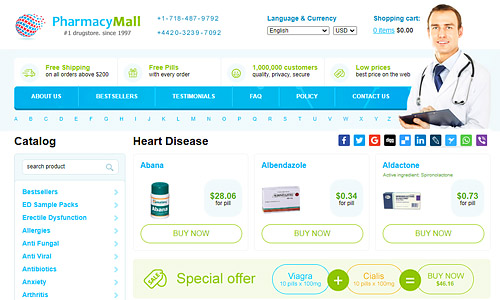Best Way To Write A Cover Letter
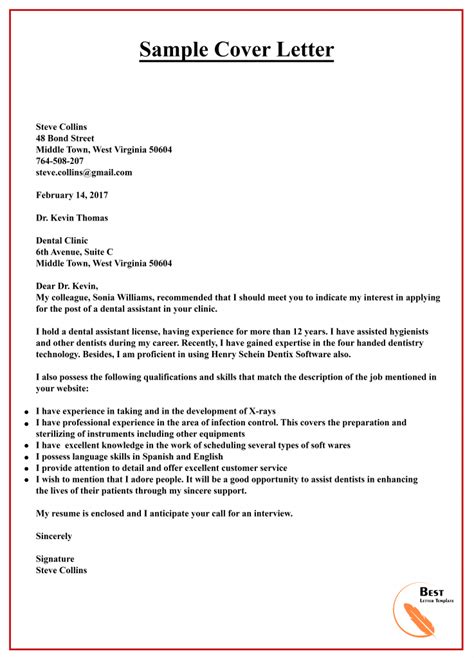
In today's competitive job market, a well-crafted cover letter can be your secret weapon to stand out from a sea of applicants. It is your opportunity to make a strong first impression and showcase your unique qualifications, skills, and suitability for the role. Writing an effective cover letter requires a strategic approach, a clear understanding of your audience, and a touch of creativity. In this comprehensive guide, we will delve into the art of writing a cover letter that captures the attention of recruiters and hiring managers, ensuring you get noticed and land that coveted interview.
Understanding the Purpose of a Cover Letter
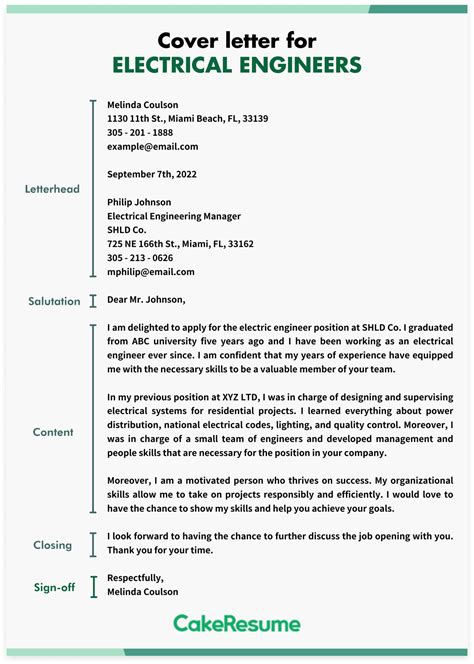
A cover letter is more than just a formality; it is a powerful tool that allows you to introduce yourself, highlight your relevant experiences, and demonstrate your passion for the position. It provides a platform to showcase your communication skills, enthusiasm, and fit for the company’s culture and values. By tailoring your cover letter to each job application, you can effectively convey why you are the ideal candidate and why the recruiter should invest their time in learning more about you.
Research and Preparation: The Foundation of a Successful Cover Letter
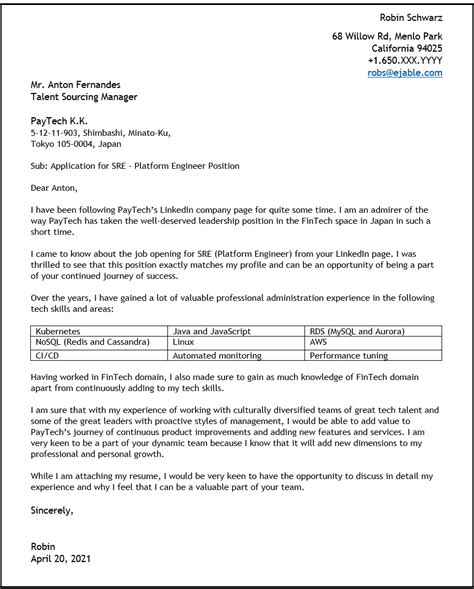
Before you begin writing, it is essential to thoroughly research the company, the role, and the industry. Understanding the company’s mission, values, recent achievements, and current projects will enable you to align your skills and experiences with their specific needs. Additionally, carefully reviewing the job description and identifying the key requirements and qualifications will help you tailor your cover letter to address these points directly.
Key Steps for Research and Preparation:
- Visit the company’s website, social media platforms, and recent news articles to gather information about their products, services, and culture.
- Analyze the job description, noting down the essential skills, qualifications, and responsibilities mentioned.
- Identify any unique aspects of the company’s culture or mission that resonate with you and highlight your alignment with these values.
- Consider any recent projects or initiatives the company has undertaken and how your skills can contribute to their success.
Crafting a Compelling Introduction
The opening paragraph of your cover letter is crucial as it sets the tone and captures the reader’s interest. Here, you have the opportunity to introduce yourself, highlight your most relevant skill or experience, and provide a glimpse of your enthusiasm for the role. A well-crafted introduction should be concise, engaging, and tailored to the specific position.
Tips for Writing a Compelling Introduction:
- Start with a strong opening statement that showcases your understanding of the company’s goals or a shared interest that connects you to the role.
- Use specific examples or accomplishments from your professional journey that align with the job requirements.
- Avoid generic greetings or overly formal language; instead, aim for a friendly and confident tone.
- Keep it concise; aim for a paragraph of 3-4 sentences that sets the stage for the rest of your cover letter.
Showcasing Your Skills and Experiences
The body of your cover letter is where you showcase your unique qualifications, skills, and experiences that make you the perfect fit for the role. It is essential to provide specific examples and highlight how your past accomplishments have prepared you for the responsibilities outlined in the job description.
Strategies for Effective Skill and Experience Showcase:
- Identify the top 3-5 key skills or qualifications mentioned in the job description and focus on those in your cover letter.
- Provide concrete examples and measurable outcomes from your previous roles that demonstrate your proficiency in these areas.
- Use action verbs and specific language to describe your accomplishments, such as “increased revenue by 20%” or “led a team of 10 members to achieve a 98% success rate.”
- If applicable, mention any relevant certifications, awards, or recognition you have received.
Tailoring Your Cover Letter for Maximum Impact
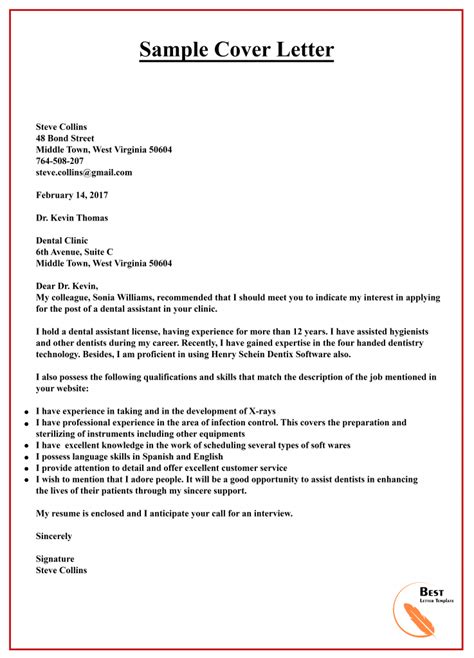
One of the most critical aspects of a successful cover letter is tailoring it specifically to the job you are applying for. Avoid using a generic cover letter for multiple applications; instead, customize each letter to highlight how your skills and experiences align with the unique needs of the company and role.
Tips for Effective Tailoring:
- Review the job description and identify the specific skills, qualifications, and responsibilities mentioned.
- Use similar keywords and phrases from the job description in your cover letter to demonstrate your understanding and alignment.
- Highlight any unique experiences or projects you have undertaken that directly relate to the company’s current initiatives or challenges.
- Avoid simply copying and pasting content from the job description; instead, use it as a guide to showcase your fit and add your own voice.
Formatting and Presentation: The Visual Appeal of Your Cover Letter
A well-formatted and visually appealing cover letter can enhance the readability and overall impression of your application. Pay attention to the layout, font, spacing, and use of white space to create a professional and polished document.
Guidelines for Formatting and Presentation:
- Use a clean and simple font, such as Arial, Calibri, or Times New Roman, with a font size of 10-12 points.
- Maintain consistent spacing between paragraphs and sections.
- Utilize bullet points or short paragraphs to break up text and improve readability.
- Avoid lengthy blocks of text; aim for brevity and clarity.
- Include your contact information, such as email address and phone number, at the top of the page for easy reference.
Closing with Confidence and Call to Action
The closing paragraph of your cover letter is your opportunity to reiterate your enthusiasm for the role and express your confidence in being a valuable asset to the company. End on a strong note, leaving the reader with a positive impression and a clear call to action.
Tips for a Powerful Closing:
- Summarize your key qualifications and how they align with the company’s needs.
- Express your enthusiasm for the role and highlight your eagerness to contribute to the team’s success.
- Provide a polite and confident call to action, such as “I am excited about the prospect of joining your team, and I look forward to discussing how my skills can contribute to your organization’s goals.”
- Avoid overused phrases like “I hope to hear from you soon” and instead focus on a more assertive approach.
Common Cover Letter Mistakes to Avoid
While writing a cover letter, it is crucial to avoid common pitfalls that can diminish the impact of your application. Here are some mistakes to steer clear of:
- Generic Content: Avoid using a one-size-fits-all cover letter for multiple applications. Tailor your letter to each role and company to demonstrate your interest and fit.
- Lengthy and Wordy: Keep your cover letter concise and focused. Aim for 300-400 words, ensuring every sentence adds value.
- Grammatical Errors: Proofread your cover letter meticulously to eliminate any grammatical or spelling mistakes. Consider using grammar-checking tools for added precision.
- Overly Formal Language: While maintaining a professional tone, avoid overly formal or stiff language. Strive for a friendly and conversational style that showcases your unique voice.
- Lack of Specificity: Provide concrete examples and avoid vague statements. Quantify your achievements and demonstrate the impact you can bring to the role.
Final Tips and Takeaways
Writing an effective cover letter is an art that requires careful research, strategic tailoring, and a confident yet friendly tone. Remember, your cover letter is your opportunity to showcase your unique value proposition and leave a lasting impression on the recruiter. By following the guidelines and tips outlined in this guide, you can craft a compelling cover letter that opens doors to your dream job opportunities.
Best of luck with your job search, and may your cover letters lead to numerous successful interviews and career advancements!
How long should my cover letter be?
+Aim for a cover letter length of 300-400 words. It should be concise and focused, highlighting your most relevant skills and experiences. Keep it brief and ensure every sentence adds value.
Should I include personal information or a photo in my cover letter?
+Generally, it is not necessary to include personal information or a photo in your cover letter. Focus on your professional qualifications and experiences instead. However, if the job description specifically requests a photo or additional personal details, provide them in a professional and appropriate manner.
How do I tailor my cover letter to different job roles and companies?
+Research the company and role thoroughly. Identify the unique aspects of the job description and the company’s culture. Highlight how your skills and experiences align with their specific needs. Use similar keywords and adapt your examples to demonstrate your fit for the role.

